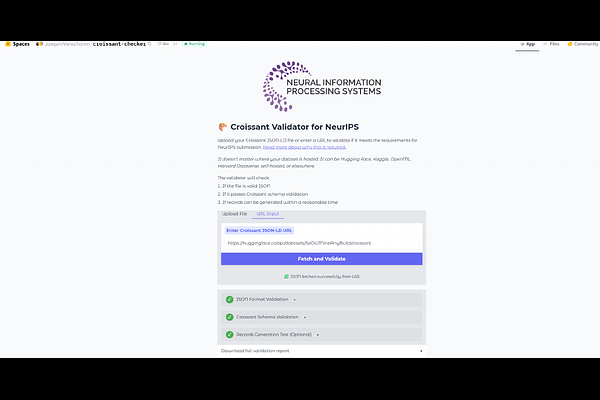MineAnyBuild: Benchmarking Spatial Planning for Open-world AI Agents

MineAnyBuild: Benchmarking Spatial Planning for Open-world AI Agents
Ziming Wei, Bingqian Lin, Zijian Jiao, Yunshuang Nie, Liang Ma, Yuecheng Liu, Yuzheng Zhuang, Xiaodan Liang
AbstractSpatial Planning is a crucial part in the field of spatial intelligence, which requires the understanding and planning about object arrangements in space perspective. AI agents with the spatial planning ability can better adapt to various real-world applications, including robotic manipulation, automatic assembly, urban planning etc. Recent works have attempted to construct benchmarks for evaluating the spatial intelligence of Multimodal Large Language Models (MLLMs). Nevertheless, these benchmarks primarily focus on spatial reasoning based on typical Visual Question-Answering (VQA) forms, which suffers from the gap between abstract spatial understanding and concrete task execution. In this work, we take a step further to build a comprehensive benchmark called MineAnyBuild, aiming to evaluate the spatial planning ability of open-world AI agents in the Minecraft game. Specifically, MineAnyBuild requires an agent to generate executable architecture building plans based on the given multi-modal human instructions. It involves 4,000 curated spatial planning tasks and also provides a paradigm for infinitely expandable data collection by utilizing rich player-generated content. MineAnyBuild evaluates spatial planning through four core supporting dimensions: spatial understanding, spatial reasoning, creativity, and spatial commonsense. Based on MineAnyBuild, we perform a comprehensive evaluation for existing MLLM-based agents, revealing the severe limitations but enormous potential in their spatial planning abilities. We believe our MineAnyBuild will open new avenues for the evaluation of spatial intelligence and help promote further development for open-world AI agents capable of spatial planning.